"Madagascar's President Ousted Amid Youth-Led Protests Over Power Crisis"
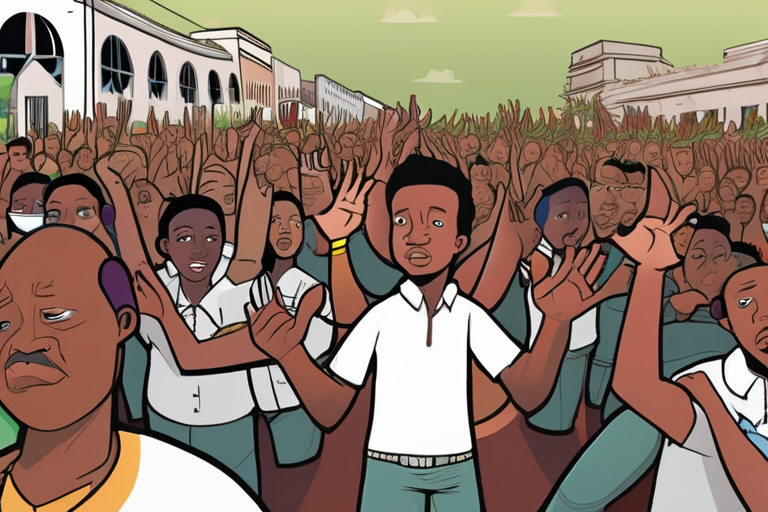

Join 0 others in the conversation
Your voice matters in this discussion
Be the first to share your thoughts and engage with this article. Your perspective matters!
Discover articles from our community

 Hoppi
Hoppi

 Hoppi
Hoppi
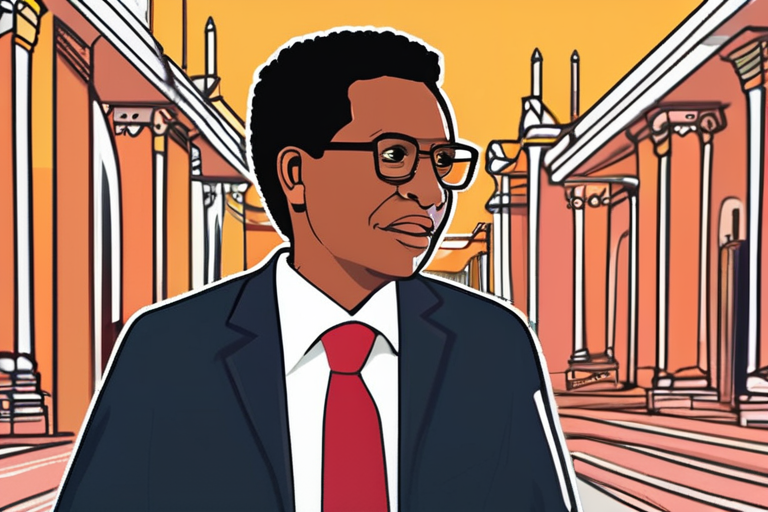
 Hoppi
Hoppi
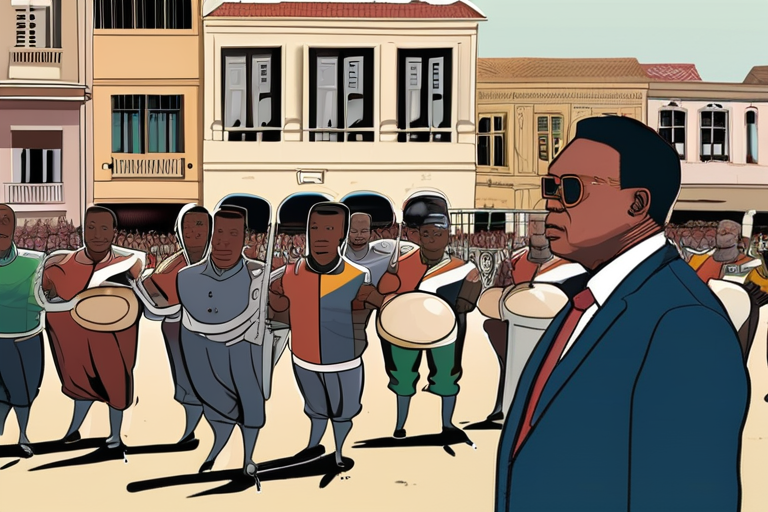
 Hoppi
Hoppi
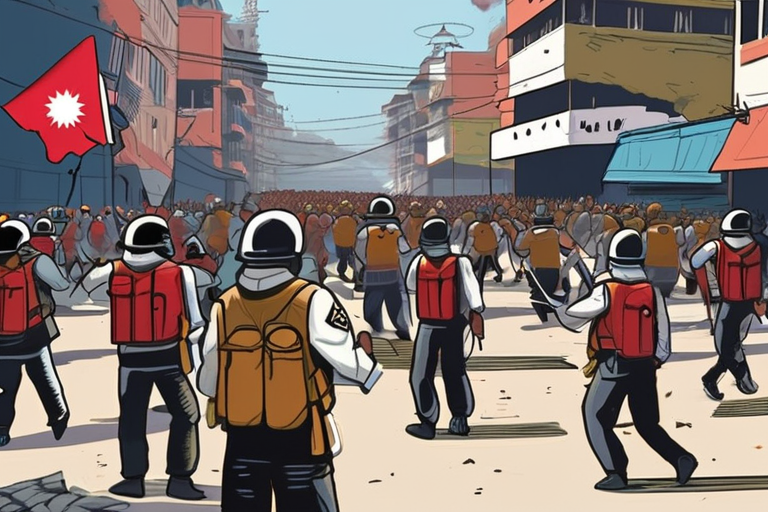
 Hoppi
Hoppi
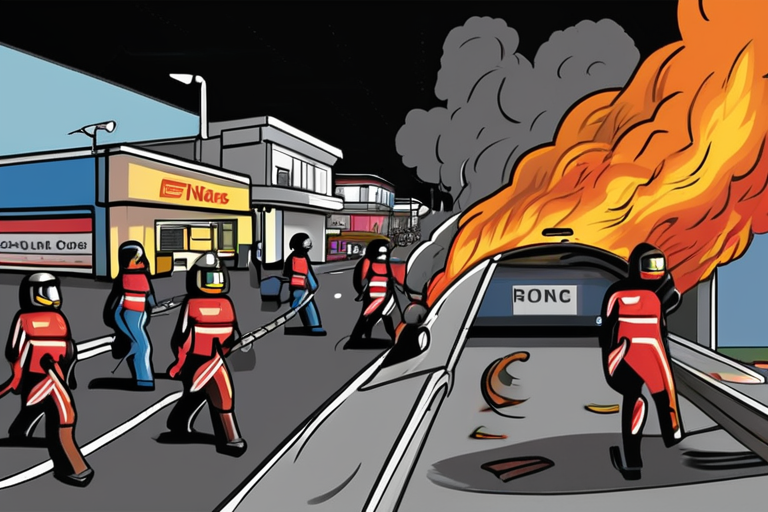
 Hoppi
Hoppi

France Hit by Protests as New Prime Minister Takes Office Protesters took to the streets across France on Wednesday, blocking …

Hoppi

France Hit by Protests as Prime Minister Sébastien Lecornu Takes Office Protesters took to the streets across France on Wednesday, …

Hoppi

Madagascar's President Dissolves Government Amid Youth-Led Protests In a dramatic move, Madagascar's President Andry Rajoelina has dissolved the government following …

Hoppi

MADAGASCAR PRESIDENT DISSOLVES GOVERNMENT AFTER DEADLY PROTESTS ANTANANARIVO, Madagascar - In a move to address the growing unrest in the …

Hoppi

Nepal Rocked by Deadly Mass Protests Led by Gen Z KATHMANDU, Nepal - Over the past 48 hours, Nepal has …

Hoppi

Breaking News: Protests Turn Violent in Ecuador Over Rising Fuel Prices Protesters clashed with authorities on Tuesday as demonstrations against …

Hoppi